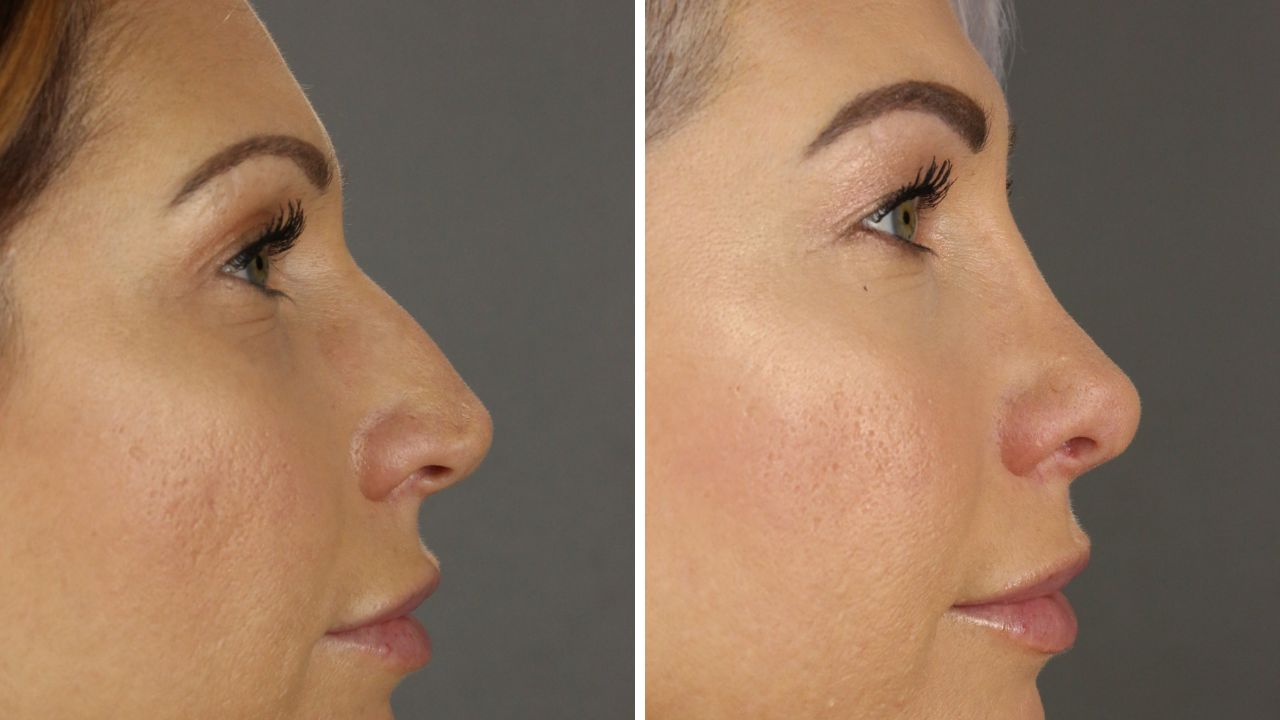
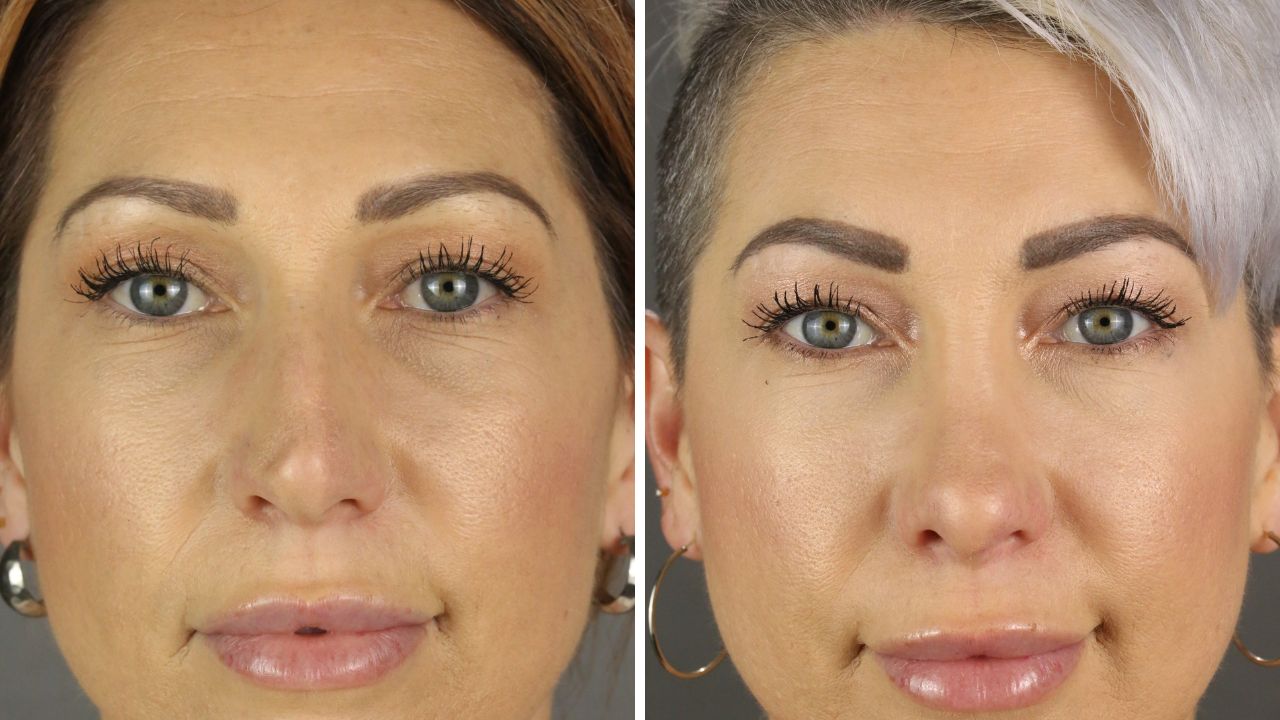
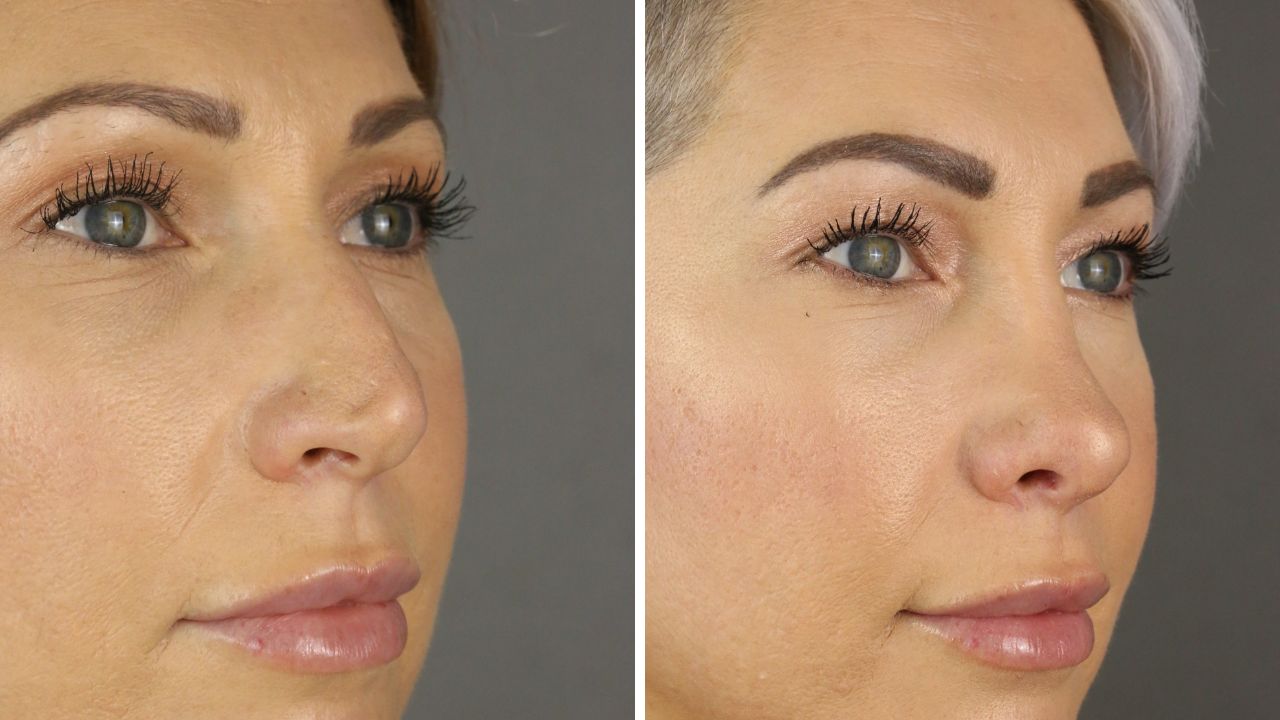
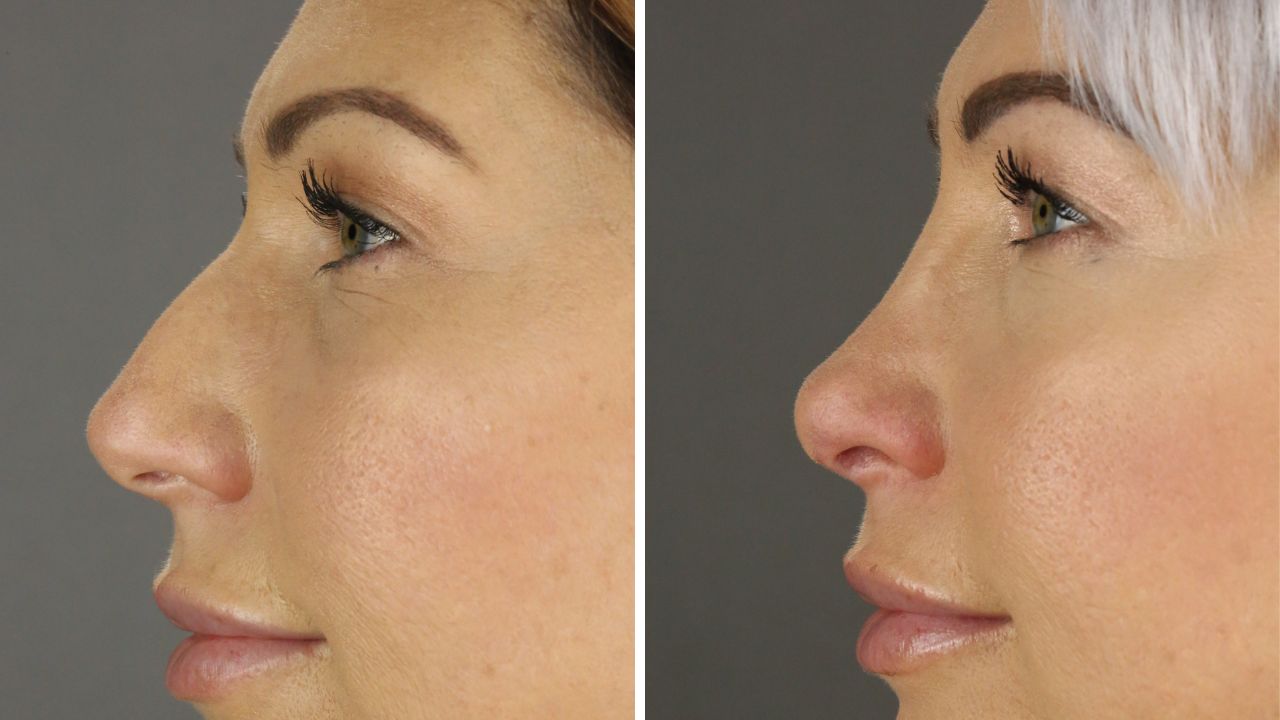
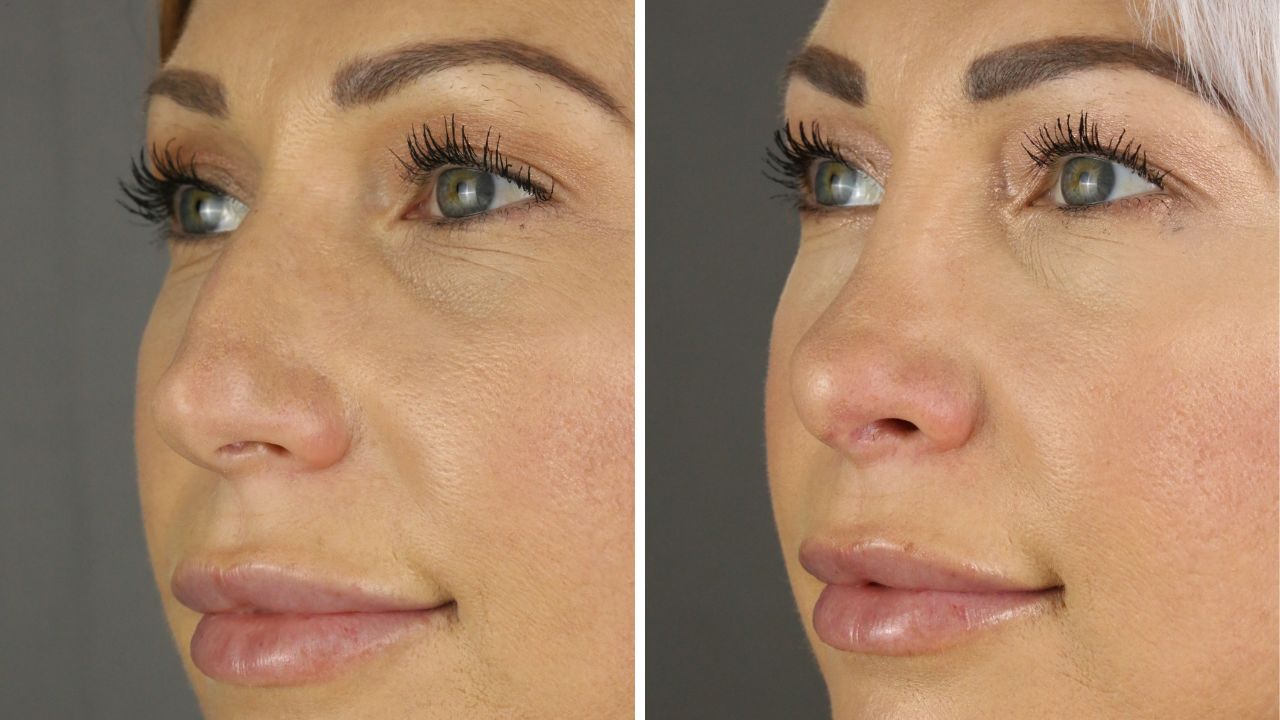
Rhinoplasty 25
What is Open Rhinoplasty
Most patients who undergo cosmetic nasal surgery (rhinoplasty) have closed rhinoplasty, where all incisions are inside the nose and so there are no external scars. In closed rhinoplasty, the bump on the bridge of the nose can be diminished and the tip can be refined. The nasal bones that are often too wide can be narrowed.
But there are some patients that have more difficult problems that require a more complicated approach. Open rhinoplasty to the rescue! In open rhinoplasty the skin of the nasal tip is elevated to expose the tip cartilages as well as the bridge of the nose. This gives much better exposure to the structures of the nose that are changed during rhinoplasty and often, more precise measurements can be taken. Patients may benefit from open rhinoplasty if the tip doesn’t have enough projection to start out with (not sticking out enough). In this situation, the open approach can be used to help build up the tip with cartilage that is usually taken from the septum inside the nose.
In this patient, one can see that the tip cartilage on the right side is indented which creates asymmetry and a sharp, bent appearance to that side of the tip. The patient also wanted to reduce the overall size of the nose, to refine the tip, to remove the “bump” on the bridge and to narrow the width of the middle part of the nasal bridge. All of those were accomplished with the open approach. Additionally, the indented cartilage was removed and reconstructed with new cartilage taken from the nasal septum.
She was really happy with her results. Open rhinoplasty is, sometimes, a better way to treat more complicated issues of nasal shape but because it is more invasive, it takes much longer for the swelling to go down. It is very important to discuss these alternatives with your Plastic Surgeon when considering rhinoplasty surgery.
